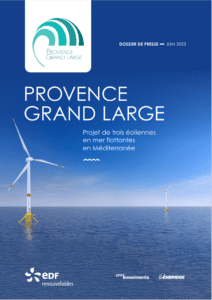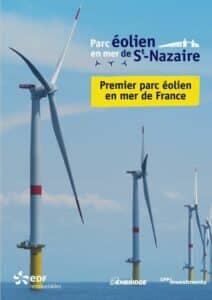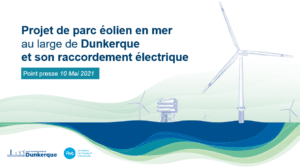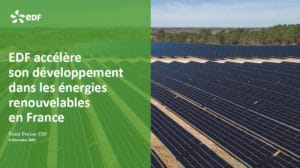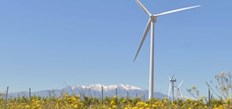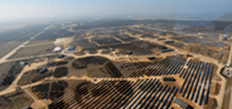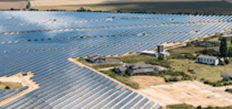EDF Renouvelables processes, as data controller, your personal browsing data through the use of cookies on this website.
The use of these cookies is intended to (i) improve your online experience by identifying you at each of your connections to the site and by providing you with personalized services adapted to your needs or (ii) to allow EDF Renouvelables to carry out statistical studies on the use of the site by Internet users.
By clicking on the “Accept” button below, you consent to the use of these cookies. You can change your preferences at any time on our site.
For more information, including how to configure these cookies, please consult our Cookie Policy.
Storage or technical access is strictly necessary for the purpose of legitimate interest of allowing the use of a specific service explicitly requested by the subscriber or Internet user, or for the sole purpose of carrying out the transmission of communication on an electronic communications network.
The storage or technical access is necessary for the legitimate interest purpose of storing preferences that are not requested by the subscriber or person using the service.
Technical storage or access that is used exclusively for statistical purposes.
The technical storage or access that is used exclusively for anonymous statistical purposes. Without a subpoena, voluntary compliance on the part of your Internet Service Provider, or additional records from a third party, information stored or retrieved for this purpose alone cannot usually be used to identify you.
They allow you to interact with the social modules on the Site (Youtube, Facebook, Twitter, etc.)

